Adopted cats may take time to adjust, and knowing the signs of stress versus happiness can make all the difference. A stressed cat might hide constantly, overgroom, or show sudden aggression—these are cues they’re feeling uneasy. On the flip side, a happy cat will purr, knead, and confidently explore their space. Even small things like a twitchy tail or a lack of appetite can hint at stress, so it’s important to watch closely. Positive signs like head bunting, slow blinking, and playful behavior mean your kitty is starting to feel safe and loved. Creating a calm, stable environment helps ease the transition. With a little time and patience, your adopted cat can truly thrive.
Hiding More Than Usual
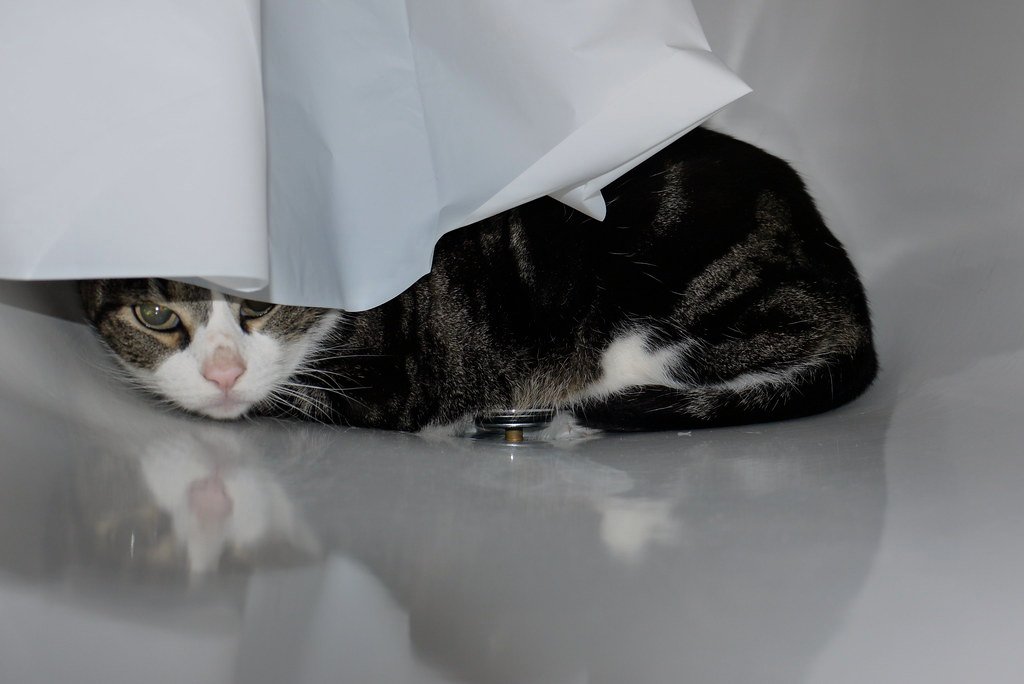
One of the biggest signs your adopted cat is feeling stressed is frequent hiding. If your cat is constantly squeezing under beds, behind couches, or inside closets, it’s a red flag. While it’s normal for a new cat to seek out a safe nook during the first days, ongoing avoidance is cause for concern. Cats hide to escape from perceived threats or if they don’t feel safe in their environment.
Think about it: if you moved to a new country where nobody spoke your language, wouldn’t you want a cozy corner to retreat to? If your cat keeps hiding after the first week or two, it’s their way of saying, “I’m overwhelmed.” Being patient and giving them quiet, safe spaces can help, but you’ll also want to gently encourage them to explore when they’re ready.
Loss of Appetite
Nothing tugs at a cat lover’s heartstrings quite like seeing their feline friend ignore a favorite meal. A stressed cat often loses interest in food. If your adopted cat is barely touching their kibble or wet food for more than 24 hours, it’s a sign something’s off. This is especially important to notice in cats, as their bodies aren’t built to go without food for long periods.
Stress can mess with a cat’s appetite—just like how some people can’t eat when they’re anxious. This could be due to a new environment, unfamiliar noises, or too many strangers. Always consult your vet if your cat refuses to eat for more than a day, since this can quickly lead to health problems.
Excessive Grooming or Over-Grooming
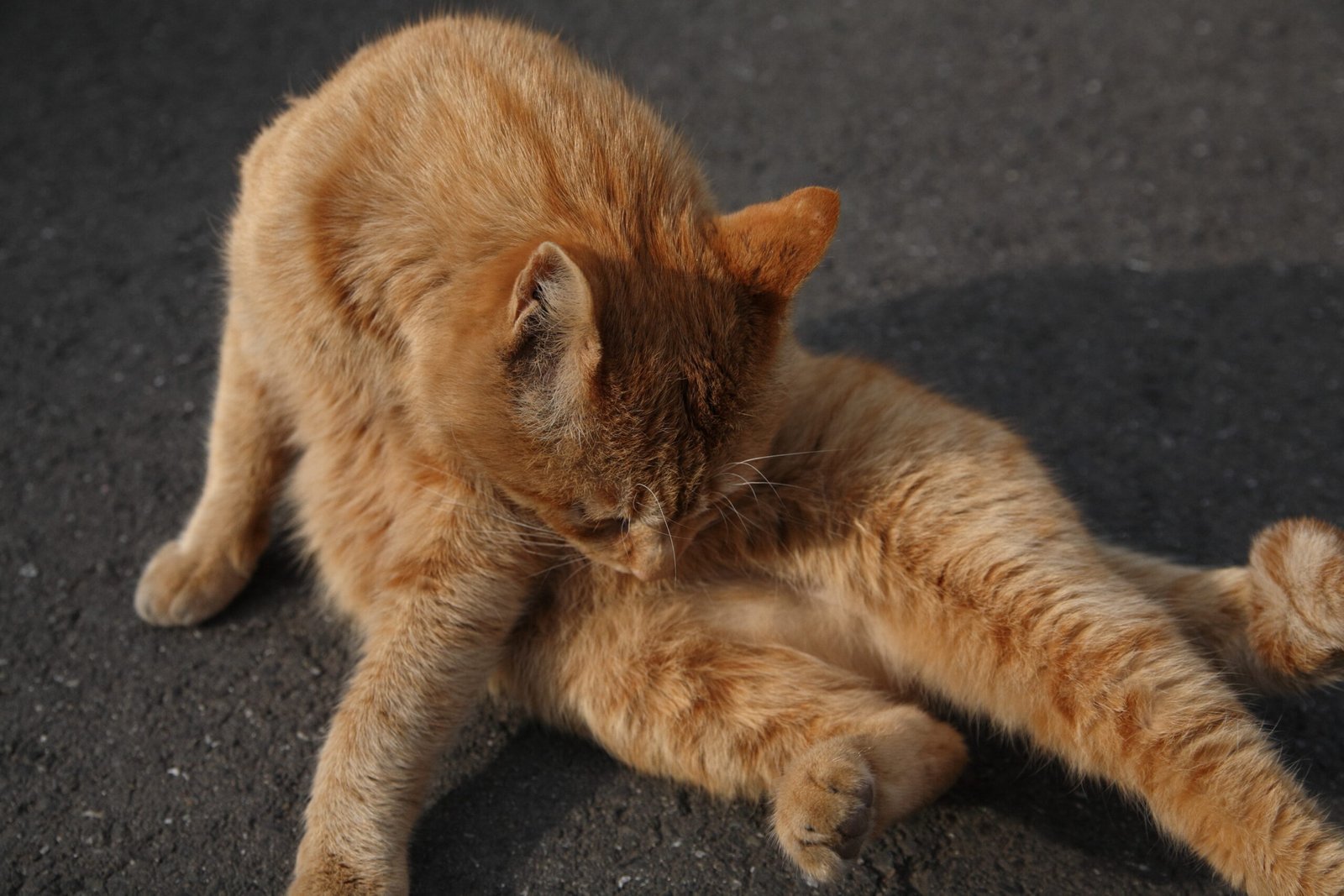
Cats are naturally clean creatures, but when stress creeps in, grooming can turn into an obsession. If your adopted cat is constantly licking one area or even pulling out fur, this is a major warning sign. Over-grooming is like a person biting their nails when nervous—it’s a coping mechanism.
Check for bald spots or irritated skin, especially on the belly, legs, or sides. Sometimes, you’ll actually hear the sound of constant licking. This behavior is your cat’s way of trying to soothe themselves, but it can end up causing more harm than good if left unchecked.
Sudden Aggression or Withdrawal
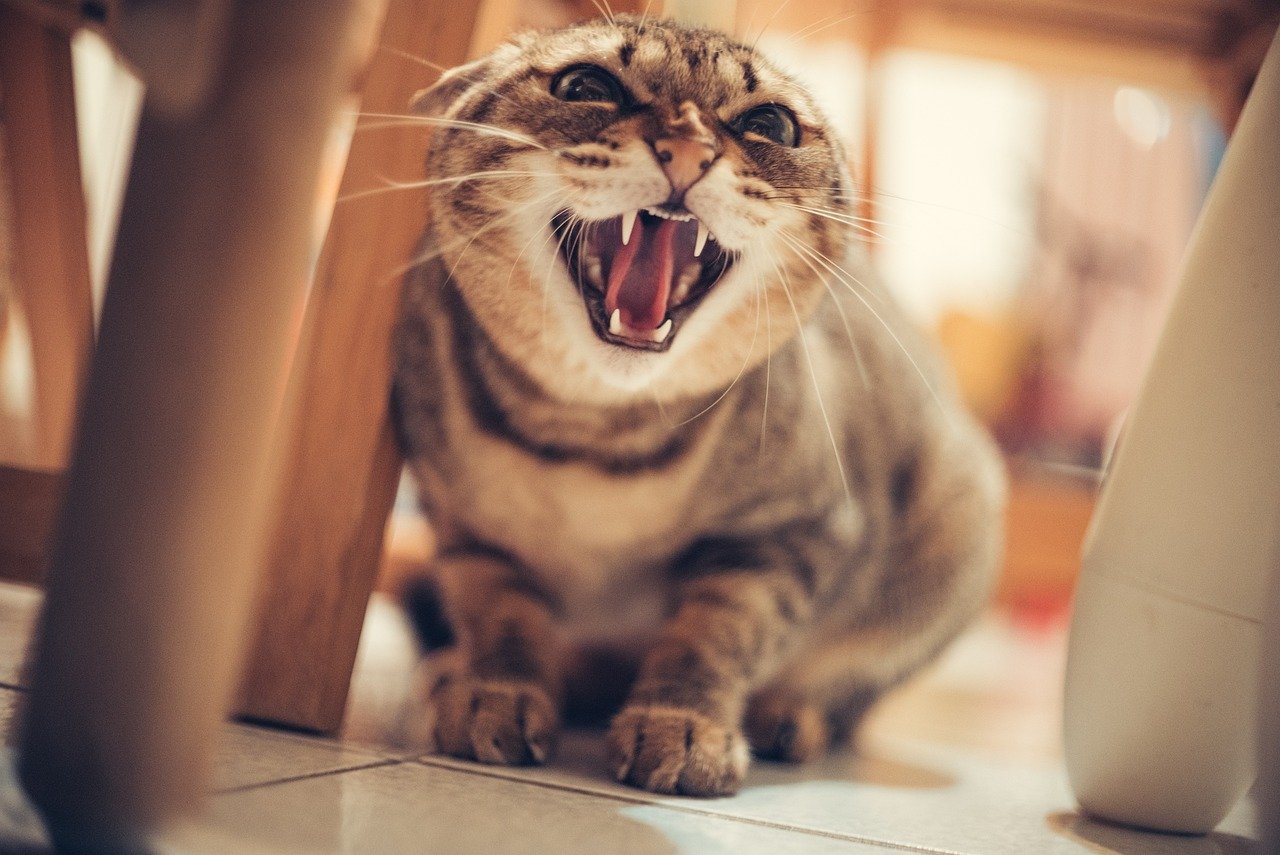
If your sweet, gentle kitty suddenly starts swatting, hissing, or biting, don’t take it personally—stress could be the culprit. On the flip side, a normally playful cat who becomes withdrawn, avoiding play or affection, is also showing signs of stress. Personality changes are often the most heartbreaking for cat parents, because it feels like you’re losing the bond you worked so hard to build.
Imagine how you’d feel if everything familiar was turned upside down overnight. It’s natural for an adopted cat to need time to adjust, but ongoing aggression or withdrawal is a plea for help. Try to keep routines predictable, and offer gentle reassurance, but don’t force interaction.
Inappropriate Litter Box Habits
One of the most frustrating signs of feline stress is when your cat starts avoiding the litter box. If they’re suddenly urinating or defecating outside the box, it’s usually not spite—it’s anxiety. This can happen if the box isn’t in a quiet location, if it’s dirty, or if multiple cats are competing for the same spot.
Cats are creatures of habit and cleanliness, so a change in litter box behavior is almost always a sign of distress. A sudden accident on your favorite rug might be your cat’s way of sending a desperate message: “I’m not okay.” Try different litter types, provide more than one box, and keep things as calm as possible.
Playful Pounces and Zoomies
Now for the good stuff—signs your adopted cat is genuinely happy! There’s nothing quite as delightful as seeing your cat burst into a sudden sprint for no reason, or leap onto imaginary prey from behind the couch. Playful behavior is a sure sign of comfort and happiness.
A content cat loves to play, whether it’s pouncing on feather toys, chasing laser dots, or wrestling with a favorite stuffed mouse. Play is how cats express joy and confidence. If your new feline starts showing off their playful side, it’s a heartwarming signal that they feel safe and at home.
Slow Blinks and Head Butts
Have you ever noticed your cat staring at you, then slowly closing and opening their eyes? Congratulations—that’s a “cat kiss!” Slow blinks are a classic sign your adopted cat trusts and adores you. Head butts, or “bunting,” are another way cats share affection.
When your cat gently bumps their forehead against you, they’re marking you as family. These gestures are subtle but deeply meaningful. If you blink back slowly or lower your head to accept a head butt, you’re speaking your cat’s love language.
Healthy Appetite and Curious Sniffing
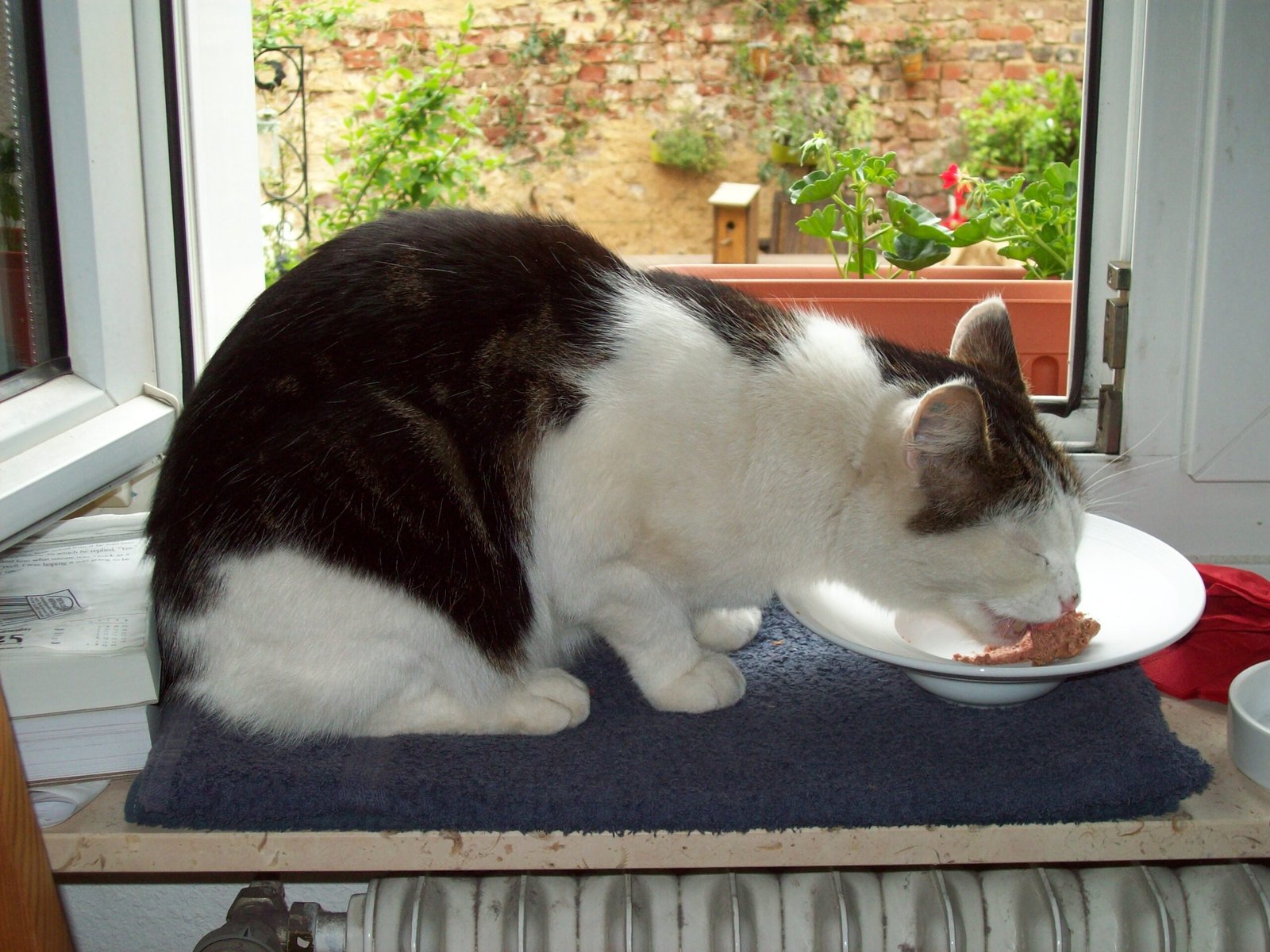
A happy cat usually has a healthy appetite, eagerly showing up at mealtime and even asking for treats. You might notice your cat sniffing around new areas, exploring different rooms, or checking out your shopping bags—curiosity is a sign of a relaxed, confident cat.
When a cat feels safe, their natural inquisitiveness comes out. You’ll see them investigating new scents, toys, or even your shoes. Their world is expanding, and they’re ready to be a part of it.
Relaxed Body Language
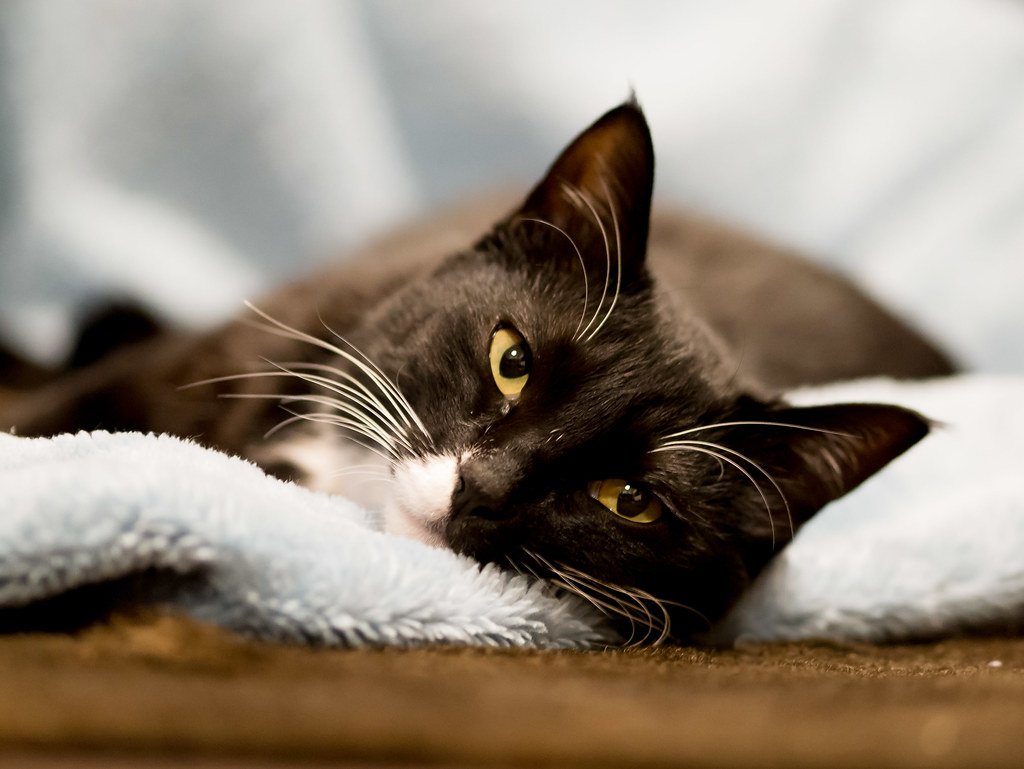
Body language says it all. A happy cat will stretch out, flop onto their side, or even expose their belly (a sign of ultimate trust). Their tail might be held high, and their ears will be forward or relaxed. You may even catch them kneading with their paws, a leftover kitten behavior that signals contentment.
Look for soft, loose movements, rather than stiff or tense postures. A relaxed cat feels at ease in their environment and with their people. It’s a wonderful feeling when your once-nervous adopted cat finally lounges in the sun, totally at peace.
Purring and Gentle Vocalizations
Nothing melts the heart like a purring cat curled up beside you. While cats can purr when stressed, consistent, soft purring—especially when they’re being petted or cuddled—is usually a sign of happiness. Happy cats may also chirp, trill, or meow in a conversational way.
If your adopted cat greets you with a happy meow or settles on your lap with a rumbling purr, they’re letting you know they feel safe and loved. The sound and vibration of a cat’s purr can even be soothing for us humans, creating a beautiful circle of comfort.
Understanding your adopted cat’s behavior is key to helping them feel at home. The more you tune into their signals—both happy and stressed—the better you can support their emotional well-being. Every little sign they show is their way of communicating with you. With love, patience, and a cozy environment, you’ll see your cat slowly blossom into their happiest, most confident self.

Esther is from India; the heartbeat of South Asia, holding a Master’s degree in Zoology and a postgraduate diploma in Animal Welfare. Her enthusiasm for animal welfare drives her passion and dedication to working for animals, ensuring their well-being, and advocating for their rights. With a solid academic background and hands-on experience, she is committed to making a positive impact in the field of animal welfare. In her free time, she enjoys embroidery and sewing. As a Chennaite from Tamil Nadu, Esther loves Bharathanatyam, an Indian classical dance form.





